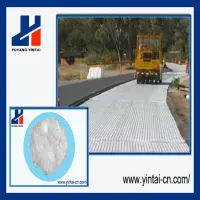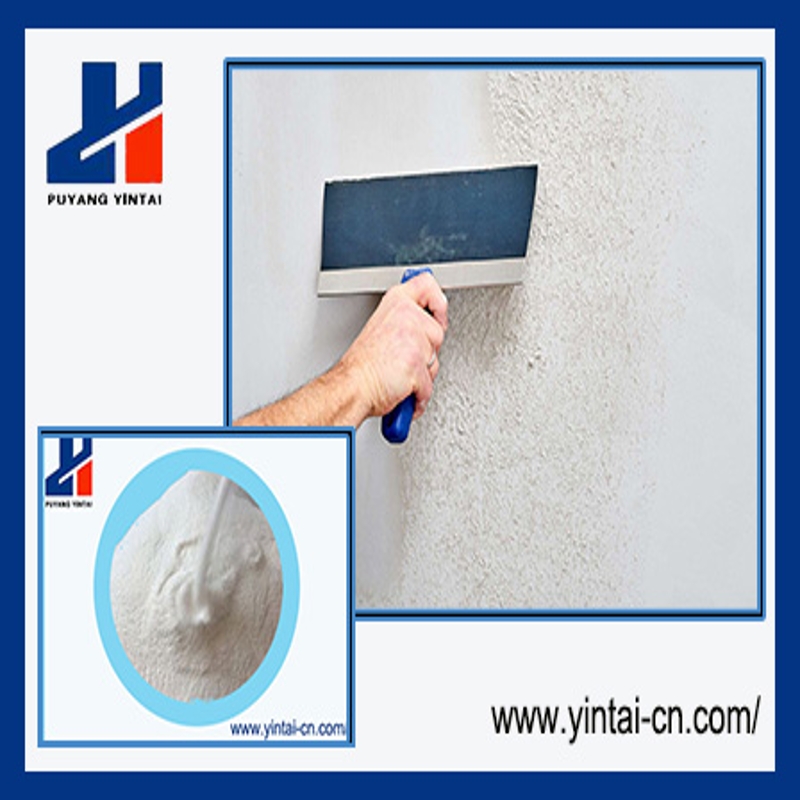-
Categories
-
Pharmaceutical Intermediates
-
Active Pharmaceutical Ingredients
-
Food Additives
- Industrial Coatings
- Agrochemicals
- Dyes and Pigments
- Surfactant
- Flavors and Fragrances
- Chemical Reagents
- Catalyst and Auxiliary
- Natural Products
- Inorganic Chemistry
-
Organic Chemistry
-
Biochemical Engineering
- Analytical Chemistry
- Cosmetic Ingredient
-
Pharmaceutical Intermediates
Promotion
ECHEMI Mall
Wholesale
Weekly Price
Exhibition
News
-
Trade Service
In order to ensure that the flame retardant performance of flame retardant cables is more optimized, the following four points
should be noted.
First, the laying environment of flame retardant cable
The cable laying environment largely determines the probability of the cable being attacked by external fire sources and the possibility of ignition after fire, for example: directly buried or separately through the pipe (metal, asbestos, cement pipe) can be non-flame retardant, and placed in semi-sealed bridge, slot box or special cable trench with cover plate, can reduce the flame retardant requirements one to two levels, the use of class B to use class C, or even non-flame retardant
.
Because there is little chance of being attacked by external factors in this environment, even if the ignition is limited by space, it is easy to self-extinguish and is not easy to cause disasters
.
On the contrary, indoor open dressing, climbing through the house, or dark passages, mezzanines, tunnel corridors, human traces of fire easy to reach the fire after the space is relatively large and air circulation is easy, its flame retardant level should be moderately strict
.
When the above environment is more in the high temperature furnace before the furnace or flammable and explosive chemical, petroleum, mine environment must be strictly disposed of, rather high than low
.
Second, the number of flame retardant cables
The number of cables is the basis for determining the level of flame retardant categories, when calculating the volume of non-metallic objects of the cable, the concept of the same channel refers to the space where the cable is burning, its flame or heat can be unhindered to radiate to nearby wires and cables and can ignite it
.
For example, if there is a truss or slot box isolated from each other, the same passage should refer to each bridge or slot box, if there is no fire isolation up and down or left and right, a fire assists each other, and the non-metallic volume of the cable should be
uniformly included in the calculation.
Third, the thickness of the flame retardant cable
After the volume of non-metallic matter in the same channel is determined, the outer diameter of the cable is fine, if the thin (diameter below 20mm), the flame retardant category should be treated strictly, on the contrary, if the coarse (diameter above 40mm) should be biased to the low level, the reason is that the thin cable has little heat absorption and is easy to ignite, and the thick cable heat capacity is large and should not be ignited
.
The key to the formation of a fire is to ignite, cause the fire to extinguish itself, and cause the fire to become a disaster
.
Fourth, flame retardant and non-flame retardant cables should not be mixed in the same channel
Laying wires and cables in the same channel, its flame retardant grade is only consistent or similar, low-grade or non-flame retardant cable for high-level cable is the existence of an external fire source, at this time even Class A flame retardant cable has the possibility of
fire.
The construction should fully refer to various possible factors to achieve scientific laying, flame retardant cable can truly play its role in preventing the spread of fire and achieve real safety
.
In order to ensure that the flame retardant performance of flame retardant cables is more optimized, the following four points
should be noted.
First, the laying environment of flame retardant cable
The cable laying environment largely determines the probability of the cable being attacked by external fire sources and the possibility of ignition after fire, for example: directly buried or separately through the pipe (metal, asbestos, cement pipe) can be non-flame retardant, and placed in semi-sealed bridge, slot box or special cable trench with cover plate, can reduce the flame retardant requirements one to two levels, the use of class B to use class C, or even non-flame retardant
.
Because there is little chance of being attacked by external factors in this environment, even if the ignition is limited by space, it is easy to self-extinguish and is not easy to cause disasters
.
On the contrary, indoor open dressing, climbing through the house, or dark passages, mezzanines, tunnel corridors, human traces of fire easy to reach the fire after the space is relatively large and air circulation is easy, its flame retardant level should be moderately strict
.
When the above environment is more in the high temperature furnace before the furnace or flammable and explosive chemical, petroleum, mine environment must be strictly disposed of, rather high than low
.
Second, the number of flame retardant cables
The number of cables is the basis for determining the level of flame retardant categories, when calculating the volume of non-metallic objects of the cable, the concept of the same channel refers to the space where the cable is burning, its flame or heat can be unhindered to radiate to nearby wires and cables and can ignite it
.
For example, if there is a truss or slot box isolated from each other, the same passage should refer to each bridge or slot box, if there is no fire isolation up and down or left and right, a fire assists each other, and the non-metallic volume of the cable should be
uniformly included in the calculation.
Third, the thickness of the flame retardant cable
After the volume of non-metallic matter in the same channel is determined, the outer diameter of the cable is fine, if the thin (diameter below 20mm), the flame retardant category should be treated strictly, on the contrary, if the coarse (diameter above 40mm) should be biased to the low level, the reason is that the thin cable has little heat absorption and is easy to ignite, and the thick cable heat capacity is large and should not be ignited
.
The key to the formation of a fire is to ignite, cause the fire to extinguish itself, and cause the fire to become a disaster
.
Fourth, flame retardant and non-flame retardant cables should not be mixed in the same channel
Laying wires and cables in the same channel, its flame retardant grade is only consistent or similar, low-grade or non-flame retardant cable for high-level cable is the existence of an external fire source, at this time even Class A flame retardant cable has the possibility of
fire.
The construction should fully refer to various possible factors to achieve scientific laying, flame retardant cable can truly play its role in preventing the spread of fire and achieve real safety
.







